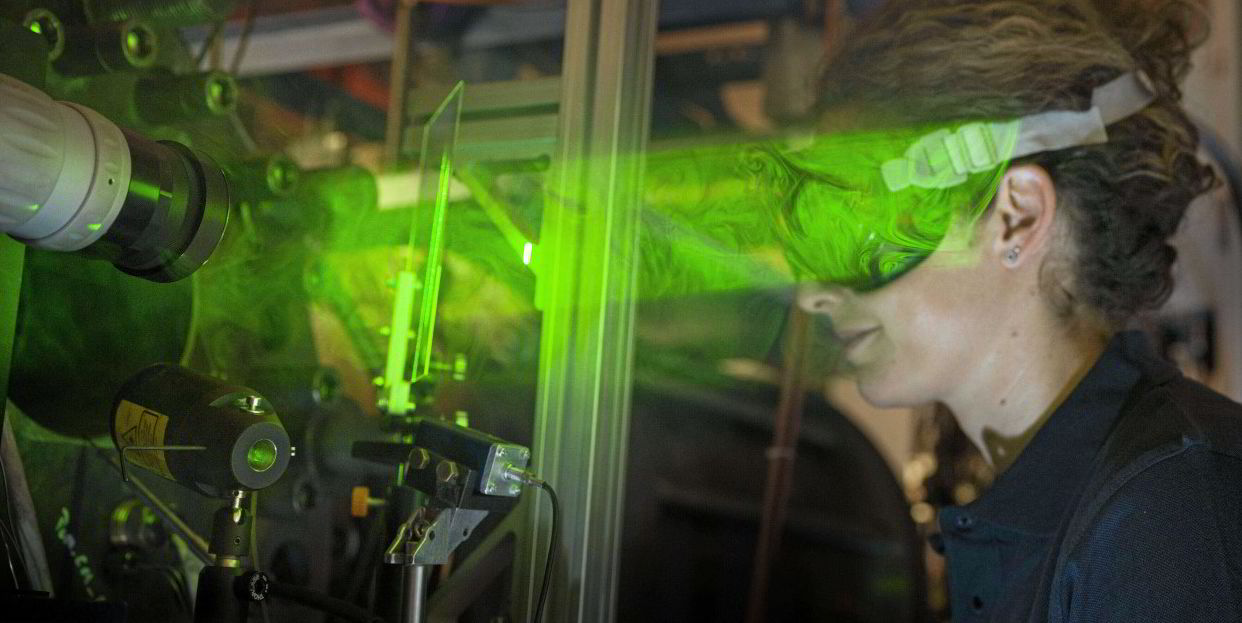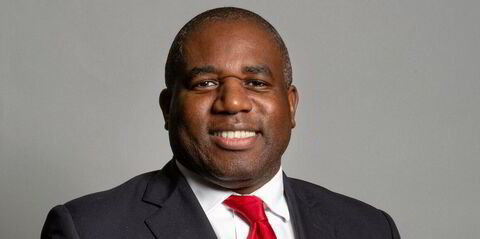Governments must step up to provide fiscal and regulatory support to all types of low-carbon hydrogen if the world is to meet the goals of the Paris Agreement, classification society DNV has warned.
Hydrogen, including volumes produced from fossil fuels with carbon capture and storage (CCS), must make up 15% of the global energy mix by 2050 for the world to stand a chance of meeting these goals, the Norway-headquartered group said in its Hydrogen Forecast 2050 report.
But hydrogen uptake is “very low and late”, currently on track to reach just 5% by mid-century, and just 0.5% by 2030, DNV said in its report.
Even frontrunner Europe will miss its target of producing 10m tonnes per year of hydrogen by 2030.
Meeting Paris goals will require not just the deep decarbonisation of today’s hydrogen demand of 90m tonnes, but also “an additional very large quantity” of low-carbon hydrogen and derivatives for use as an energy carrier, DNV said.
In fact, DNV analysts predict that demand for hydrogen as an energy carrier will reach 90m tonnes by the 2040s, reaching approximately 235m tonnes by 2050 for use in heating in industry, shipping and aviation, and energy storage.

“Hydrogen is essential to decarbonise sectors that cannot be electrified, like aviation, maritime, and high-heat manufacturing and should therefore be prioritised for these sectors,” said Remi Eriksen, chief executive of DNV.
“Policies do not match hydrogen’s importance. They will also need to support the scaling of renewable energy generation and carbon capture and storage as crucial elements in producing low-carbon hydrogen.”
This is an excerpt of a story by Recharge, TraeWinds’ sister publication covering the renewable sector. Click here to read the full story.




